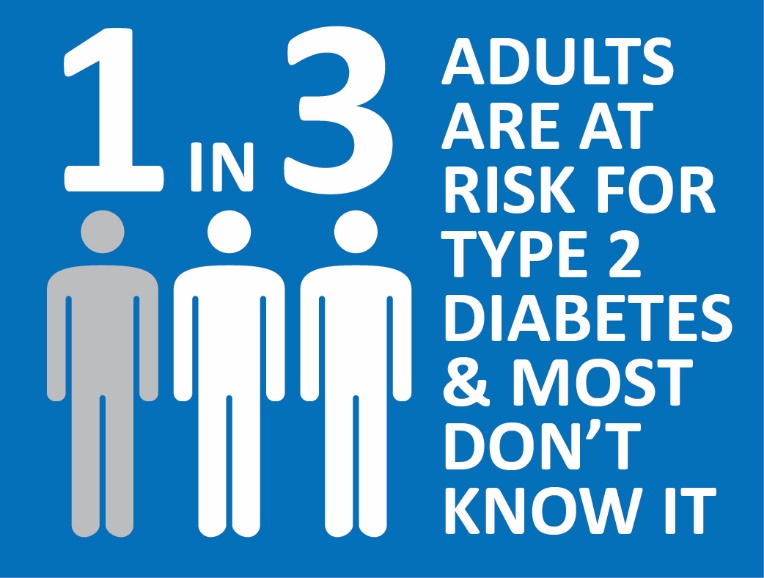Recommended foods by Diabetes-store.online.
Make your calories count with these nutritious foods. Choose healthy carbohydrates, fiber-rich foods, fish and “good” fats.
Healthy carbohydrates

During digestion, sugars (simple carbohydrates) and starches (complex carbohydrates) break down into blood glucose. Focus on healthy carbohydrates, such as:
- Fruits
- Vegetables
- Whole grains
- Legumes, such as beans and peas
- Low-fat dairy products, such as milk and cheese
Avoid less healthy carbohydrates, such as foods or drinks with added fats, sugars and sodium.
Fiber-rich foods
Dietary fiber includes all parts of plant foods that your body can’t digest or absorb. Fiber moderates how your body digests and helps control blood sugar levels. Foods high in fiber include:
- Vegetables
- Fruits
- Nuts
- Legumes, such as beans and peas
- Whole grains

Heart-healthy fish
Eat heart-healthy fish at least twice a week. Fish such as salmon, mackerel, tuna and sardines are rich in omega-3 fatty acids, which may prevent heart disease.
Avoid fried fish and fish with high levels of mercury, such as king mackerel.
‘Good’ fats
Foods containing monounsaturated and polyunsaturated fats can help lower your cholesterol levels. These include:
- Avocados
- Nuts
- Canola, olive and peanut oils
But don’t overdo it, as all fats are high in calories.
Foods to avoid
Diabetes increases your risk of heart disease and stroke by accelerating the development of clogged and hardened arteries. Foods containing the following can work against your goal of a heart-healthy diet.
- Saturated fats. Avoid high-fat dairy products and animal proteins such as butter, beef, hot dogs, sausage and bacon. Also limit coconut and palm kernel oils.
- Trans fats. Avoid trans fats found in processed snacks, baked goods, shortening and stick margarines.
- Cholesterol. Cholesterol sources include high-fat dairy products and high-fat animal proteins, egg yolks, liver, and other organ meats. Aim for no more than 200 milligrams (mg) of cholesterol a day.
- Sodium. Aim for less than 2,300 mg of sodium a day. Your doctor may suggest you aim for even less if you have high blood pressure.


